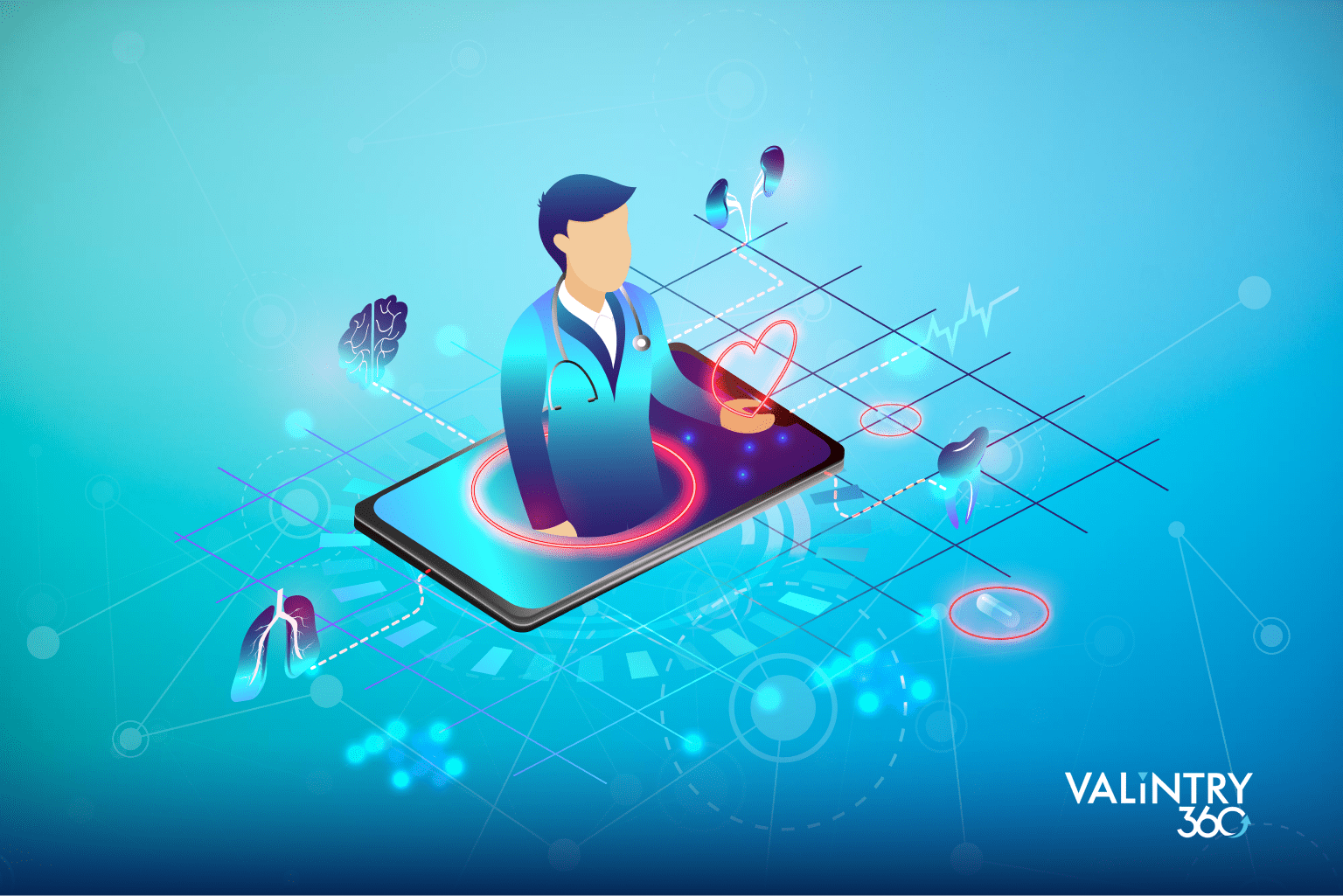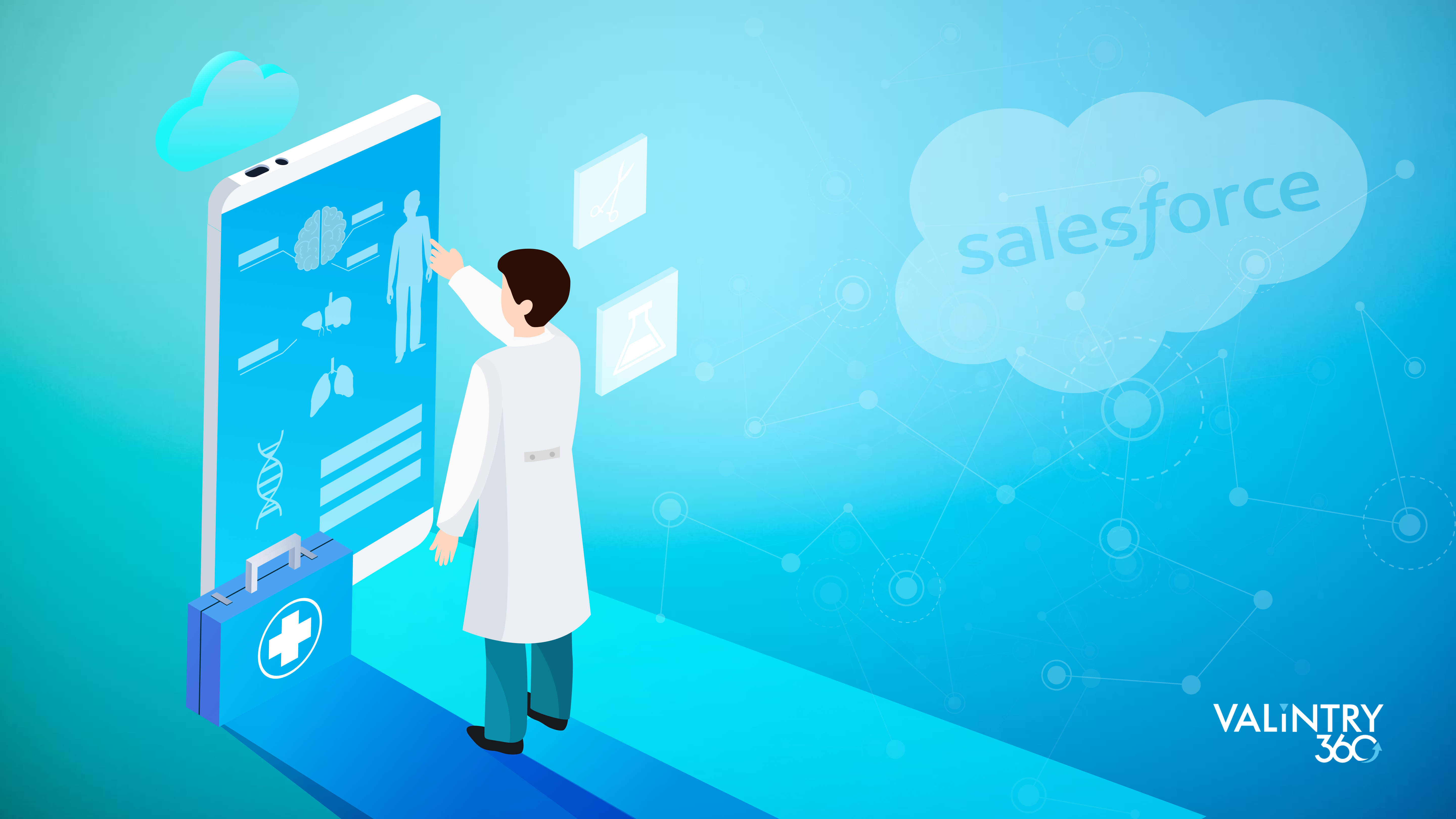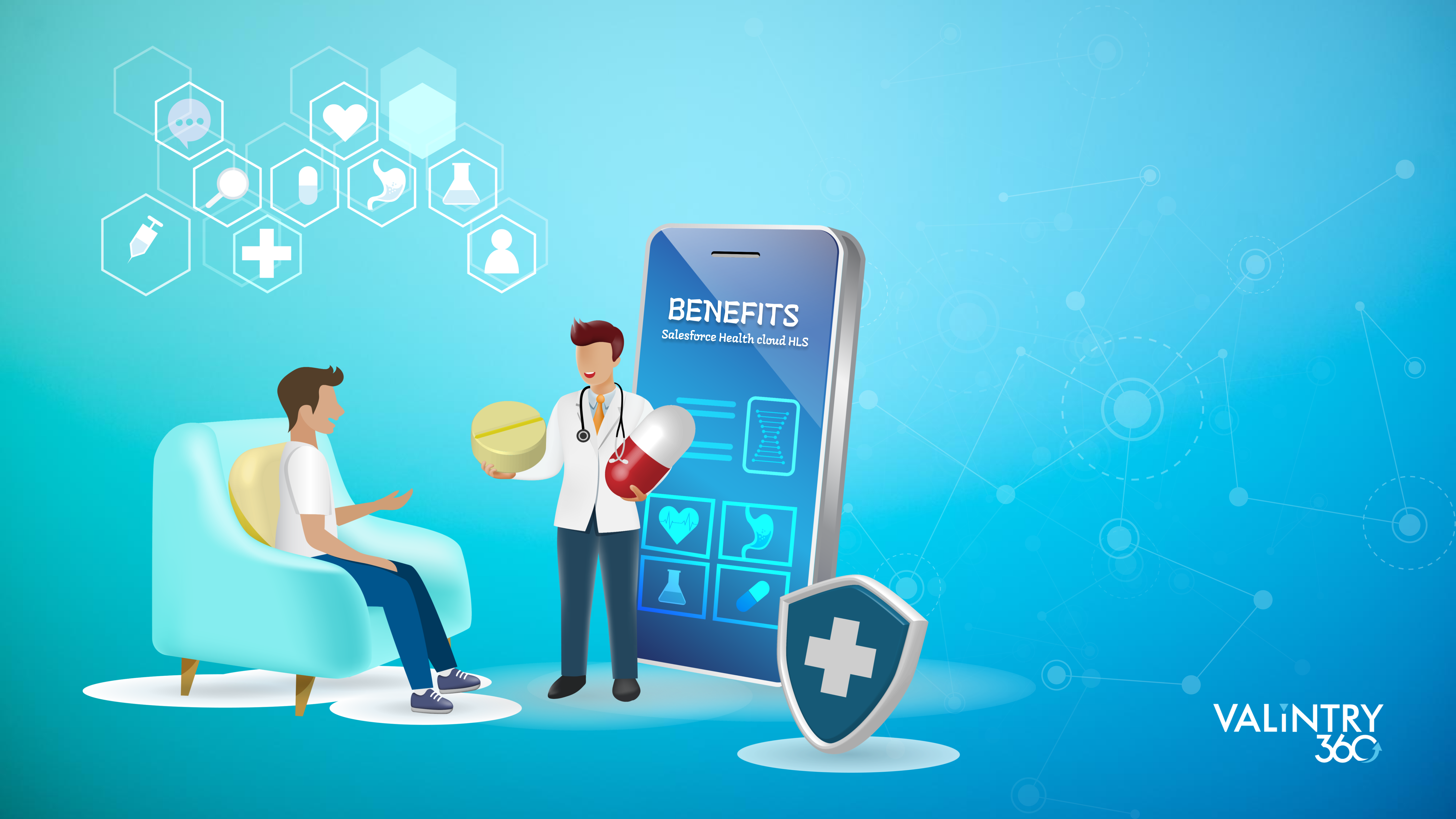
- Healthcare and Life Sciences
Introduction
In an era marked by economic uncertainty, skyrocketing consumer expectations, and the perpetual quest to achieve more with less, Health and Life Sciences (HLS) sector leaders are at a crossroads. The driving force behind their decisions, A strategic and imperative shift towards investing in digital tools, automation, and artificial intelligence (AI).
The landscape is evolving rapidly, fueled by a dynamic mix of challenges and opportunities. Economic uncertainties have prompted HLS leaders to reevaluate their approaches, seeking innovative solutions that not only weather the storms but also position them for success in the long run.
Table of Content
Why a Response is Needed in Healthcare
Health and Life Sciences organizations are facing unprecedented economic challenges. The need to streamline operations, optimize resources, and cut unnecessary costs is more pressing than ever. In response, leaders are turning to digital transformation as a critical strategy to navigate economic uncertainties. By embracing digital tools such as the Patient Engagement Platform, they aim to enhance operational efficiency and create a more resilient foundation for their organizations.
Rising Consumer Expectations
The Drive to Do More with Less
Digital Imperative Across Varied Journeys
he Risk of Being Left Behind
What kind of response is needed?

Several key technologies need to be provided to address the challenges of streamlining operations, optimizing resources, cutting unnecessary costs faced by HLS organizations, and meeting the demands of the evolving landscape. These include:
1. Digital Transformation Platforms:
Comprehensive platforms that facilitate the seamless integration of digital tools, automation, and AI into existing healthcare systems. These platforms should support the end-to-end digitization of processes, from clinical patient management to backend operations.
2. Advanced Analytics and AI Solutions:
Analytics tools can process vast amounts of healthcare data to derive meaningful insights. AI solutions can enhance decision-making, predict patient needs, and optimize resource allocation for more efficient and personalized care.
3. Telehealth and Remote Patient Monitoring Systems
Robust telehealth platforms that enable remote consultations, monitoring, and engagement. These systems should support real-time communication between healthcare providers and patients, contributing to the shift towards telehealth services.
4. Patient Engagement Technologies
Technologies that enhance patient engagement and satisfaction by providing personalized, user-friendly interfaces. Mobile apps, patient portals, and communication tools contribute to meeting rising consumer expectations for seamless, digital healthcare experiences.
5. Workflow Automation Tools
Automation solutions are designed to streamline administrative processes, reduce manual tasks, and optimize operational efficiency. Workflow automation enhances productivity, allowing HLS organizations to do more with fewer resources.
6. Secure Data Management Systems
Robust and secure data management systems to handle sensitive patient information. These systems should comply with healthcare regulations and standards, ensuring data privacy and security in the digital age.
7. Integration and Interoperability Solutions
Healthcare CRM Salesforce is one of the technologies facilitating seamless integration and interoperability among healthcare systems and platforms. These include ordering prescriptions and lab orders electronically, verifying eligibility, and exchanging patient health information to understand the entire patient view with other providers and healthcare settings. This is essential for creating a connected ecosystem that supports efficient data exchange and collaboration across the healthcare continuum.
8. Training and Education Platforms
Educational tools and platforms to train healthcare professionals on the effective use of digital technologies. Training is crucial to ensure that the workforce is proficient in leveraging the full potential of the adopted digital tools. In addition, education empowers patients, fostering understanding, informed decision-making, and adherence to treatment plans. Informed patients actively collaborate with healthcare providers, improving health outcomes and a more satisfying healthcare experience.
9. Agile Development and Implementation Frameworks
Agile methodologies and frameworks for developing and implementing digital solutions. These frameworks enable HLS organizations to adapt quickly to changing requirements and stay ahead in the fast-paced digital landscape.
10. Continuous Innovation Strategies
Strategies that encourage a culture of constant innovation within HLS organizations. This involves fostering an environment that embraces experimentation, feedback, and adopting emerging technologies to stay at the forefront of industry advancements.
Addressing this Challenge with Salesforce Health Cloud

Salesforce Health Cloud can play a pivotal role in helping HLS organizations by providing solutions that deliver the key technologies to navigate the challenges posed by economic uncertainty, rising consumer expectations, and the imperative to do more with less. Here’s how Salesforce Health Cloud Experts can address your critical concerns:
1. Efficient Patient Relationship Management
Salesforce Health Cloud offers a comprehensive platform for managing patient relationships, providing a 360-degree view of patient data. This efficiency in handling patient information allows healthcare providers to deliver personalized care, meeting consumers’ rising expectations for individualized and connected experiences.
2. Workflow Automation
Salesforce Health Cloud offers a comprehensive platform for managing patient relationships, providing a 360-degree view of patient data. This efficiency in handling patient information allows healthcare providers to deliver personalized care, meeting consumers’ rising expectations for individualized and connected experiences.
3. AI-Powered Insights
Salesforce Health Cloud Implementation Services leverages artificial intelligence (AI) to derive meaningful insights from patient data. AI can help predict patient needs, identify at-risk populations, and enhance clinical decision-making. By harnessing the power of AI, HLS leaders can optimize resource allocation and improve patient health outcomes, aligning with the industry’s push toward AI adoption.
4. Patient Engagement and Experience
Rising consumer expectations in healthcare demand a shift towards more patient-centric care. Salesforce Health Cloud facilitates improved patient engagement through personalized communication, appointment scheduling, and access to health information. This emphasis on patient experience aligns with the desire to provide more with less by leveraging technology to enhance communication and support.
5. Patient & Provider Portal
With Health Cloud, Salesforce Experience Cloud improves the patient experience by offering personalized portals for easy access to medical information, appointment scheduling, and educational resources. It fosters better communication and collaboration with patients and providers, empowers patients, and enhances care coordination.
6. Integration and Interoperability
MuleSoft integrated with Health Cloud and other healthcare systems and platforms improves patient treatment and experience by enabling seamless data exchange and interoperability across healthcare systems, providing real-time patient data for informed decision-making and enhancing care coordination and collaboration. Using MuleSoft, these integrations could include ePrescribing, lab orders, texting, voice communications, virtual meetings, insurance eligibility, and claims submission and remittance.
7. Flexibility for Different Digitization Journeys
Salesforce Health Cloud is designed to accommodate organizations at various stages of their digitization journeys. Whether an organization is just beginning its digital transformation or is already advanced in technology, Salesforce Health Cloud provides a flexible and scalable solution to meet evolving needs.
8. Collaboration and Data Sharing
Collaboration is critical in healthcare, especially in times of uncertainty. Salesforce Health Cloud facilitates seamless communication and collaboration among healthcare providers, insurers, and other stakeholders. Efficient data sharing and communication contribute to better-informed decisions and improved patient care.
9. Data-Driven Decision-Making
Salesforce Health Cloud empowers HLS leaders with data-driven insights, allowing them to make informed decisions in economic uncertainty. By leveraging analytics and reporting capabilities, organizations can optimize operations, identify cost-saving opportunities, and strategically invest resources where they are most needed.
10. Adaptability and Future-Readiness
Salesforce Health Cloud’s cloud-based architecture ensures adaptability to evolving technological trends. This adaptability is crucial for HLS organizations aiming to stay ahead of the curve, especially when some sectors are already on in their digitization efforts.
Benefits of Salesforce Health Cloud HLS

Salesforce Health Cloud offers a comprehensive solution to address economic uncertainty in community health settings. Its benefits include efficient patient management, telehealth capabilities for remote consultations, data-driven decision-making through robust analytics, customizable and scalable solutions adaptable to changing economic conditions, enhanced patient engagement, streamlined workflows with automation, collaborative care coordination among healthcare providers, and continuous innovation for staying at the forefront of healthcare technology.
Salesforce Health Cloud empowers healthcare providers to deliver more personalized, coordinated, and data-driven care. Health Cloud contributes to a patient-centric approach that can improve outcomes and overall well-being by fostering patient engagement, leveraging predictive analytics, and streamlining workflows.
Overall, Health Cloud empowers HLS organizations to navigate economic challenges, optimize resource utilization, and foster sustainability in the face of uncertainty.
Conclusion
VALiNTRY360 is a strategic guide for Healthcare and Life Sciences (HLS) leaders, offering tailored solutions to navigate challenges like economic uncertainty and rising consumer expectations. Through strategic consultation, we assist in understanding industry-specific obstacles, ensuring HLS leaders are well-informed for effective decision-making in the digital transformation era.
As a Salesforce partner, VALiNTRY360 extends our expertise to implement and optimize Salesforce Patient Management for HLS organizations. From workflow automation and data-driven decision-making to customization for consumer-centric experiences, we address each organization’s unique needs. This collaborative approach and ongoing support and training positions HLS leaders to leverage digital tools, automation, and AI for enhanced operational efficiency and improved patient outcomes.
By partnering with VALiNTRY360, HLS leaders can gain a valuable ally in their digital transformation journey. The combination of Salesforce Health Cloud and expert guidance from VALiNTRY360 can empower organizations to address economic uncertainties proactively, exceed consumer expectations, and stay ahead in the evolving landscape of healthcare and life sciences.
Related Posts
- Healthcare and Life Sciences
Unlocking Potential with Agentforce: Transforming Health and Life…
Salesforce’s Agentforce is revolutionizing how organizations operate, especially in the Health and Life Sciences sectors. By offering a suite of autonomous AI agents, Agentforce enhances efficiency and improves customer engagement, all while addressing the complexities inherent in healthcare. What is…
- Healthcare and Life Sciences
Transforming Healthcare Claims Processing in Revenue Cycle Management
Healthcare organizations must optimize their revenue cycle management (RCM) processes in the face of complex reimbursement models and rising operational costs. Powerful digital tools like Salesforce’s Health Cloud are transforming RCM, offering advanced features that streamline claims processing and enhance…
- Healthcare and Life Sciences
Salesforce Analytics: Driving Data-Driven Decisions in Health and…
In the rapidly evolving landscape of health and life sciences, the ability to make informed, data-driven decisions is crucial for improving patient outcomes, optimizing operational efficiency, and driving innovation. The integration of advanced technologies such as artificial intelligence (AI), machine…

